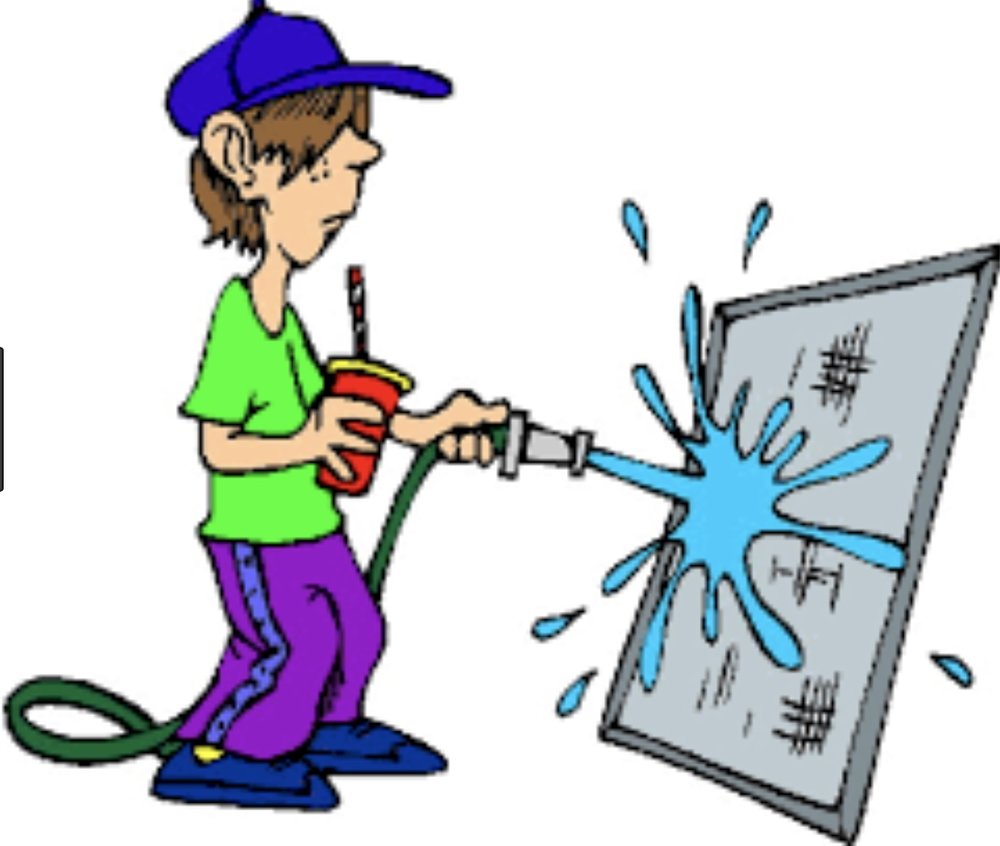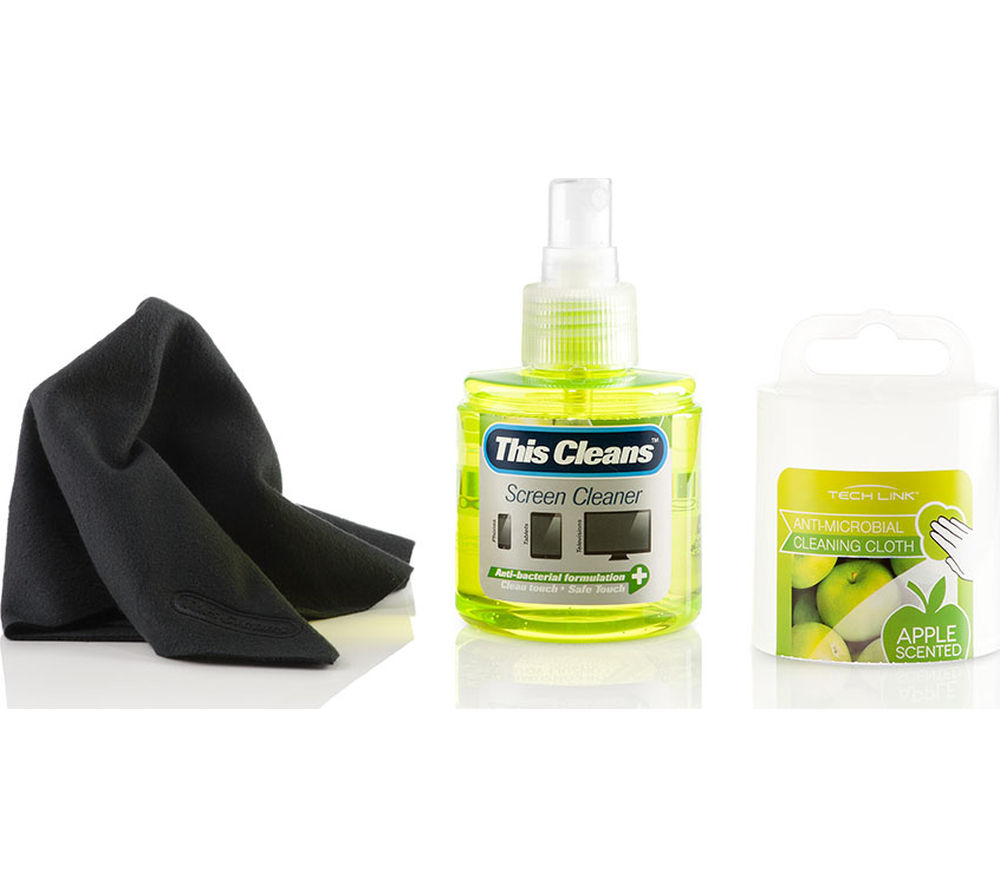
/GettyImages-6269699581-5c676f2646e0fb0001560c43.jpg)
a tiny sliver of metal from the garage or a hitch hiking grain of sand from a beach trip) will wreak complete havoc on your screen. A single tiny spec of anything abrasive in the rag (e.g.

In the same league as paper towels are general purpose rags from around the house. Paper towels are not designed for cleaning delicate surfaces, they’re designed for wiping up bacon grease and hairballs the surface of paper towel, on a microscopic level, is fairly abrasive and can lead to buffed spots and scratches on your monitor. At the risk of sounding like we’re repeating the same caution over and over again–modern displays are very delicate. Never use paper towels or general purpose cleaning rags. Don’t risk using using alcohol or ammonia-based cleaning fluids. Even if you have a glossy glass screen, that screen is most likely coated with things that aren’t as durable and chemically resistant as glass. window cleaners like Windex) and alcohol-based cleaners (diluted rubbing alcohol or specialty alcohol cleaners sold in electronics stores) can strip anti-reflective coatings off screens, cause clouding, or otherwise damage the screen. The problem, however, is that both ammonia-based cleaners (e.g. Never use alcohol or ammonia-based cleaning fluid on your screen. We understand why many people use window cleaner on their monitors, many high-end flat screen computer monitors and HDTV sets have a nice glossy glass screen. Although the damaged spot may shrink slightly, the chances of the liquid evaporating are next to zero and the chances of it evaporating without leaving residual damage are zero. The photo at the start of this section, with the horrible black blob in the corner of the monitor, is an example of what happens when liquid reaches the edge of a monitor’s display panel and wicks up inside. When liquid touches the edge of these finely layered screens that liquid can very easily wick, via capillary action, right up inside the layers just like water quickly moves across a piece of cloth that touches it. Flat screen monitors and HDTV sets are made with layer upon layer of material including various plastics, glasses, adhesives, arrays of display elements, and other fine and very thin materials. That’s absolutely not the case with modern screens. The chances of you damaging a 2″ thick 1980s-era glass monitor screen with a quick blast of cleaning fluid and a wipe with a rag were as close to zero as you can get. Even though it has never been recommended to spray a cleaning product directly onto a monitor or television set, historically the CRT component of monitors and television sets was essentially a giant glass vessel that was, at least when approached from the front with a spray bottle, water tight. Spraying cleaning fluid directly onto your monitor or HDTV is an absolute recipe for disaster. Never apply cleaning fluid directly to the screen. We’ve all done dumb things with our gear but that doesn’t mean we weren’t lucky to avoid ruining it or that we should continue to abuse it in the future. That doesn’t mean that just because your lawnmower didn’t seize up or otherwise fail on you, that going ten years without changing the oil is a good plan (or even remotely recommended by the manufacturer or any mechanic). Already, we can sense many a reader about to shoot back with “But How-To Geek! I use X on my monitor and I’ve never had a problem!” In that same vein, you can go ten years without changing the oil in your lawn mower. Now, before we start listing off all the things you shouldn’t do to your poor screen, let us cut any protest off at the pass.
#Homemade mac screen cleaner how to
RELATED: How to Cheaply and Safely Clean Your Camera's DSLR Sensor However, since so many people have been cleaning their screens incorrectly for so long, we’re taking a different tact today by starting off with a list of the things you shouldn’t do, because there’s a good chance we’ve all done them before.

Normally, we start off How-To Geek tutorials by introducing the topic, listing off the tools you’ll need, and getting right down to emphasizing the “How” in How-To Geek. It doesn’t cost much to clean it right and the keep your screen from hitting the dump prematurely. It takes quite a bit of manufacturing magic to create a razor sharp image in such a slender form factor, and brute polishing it with a bottle of Windex and a rag you grabbed from the kitchen is a sure fire way to shorten the life of your screen and ruin the image. Modern HDTV and computer screens are brighter, sharper, and more responsive than ever before, but they are also more delicate. When you improperly clean your screen, be it your computer monitor or your television, it’s only a matter of time before you damage it.


 0 kommentar(er)
0 kommentar(er)
